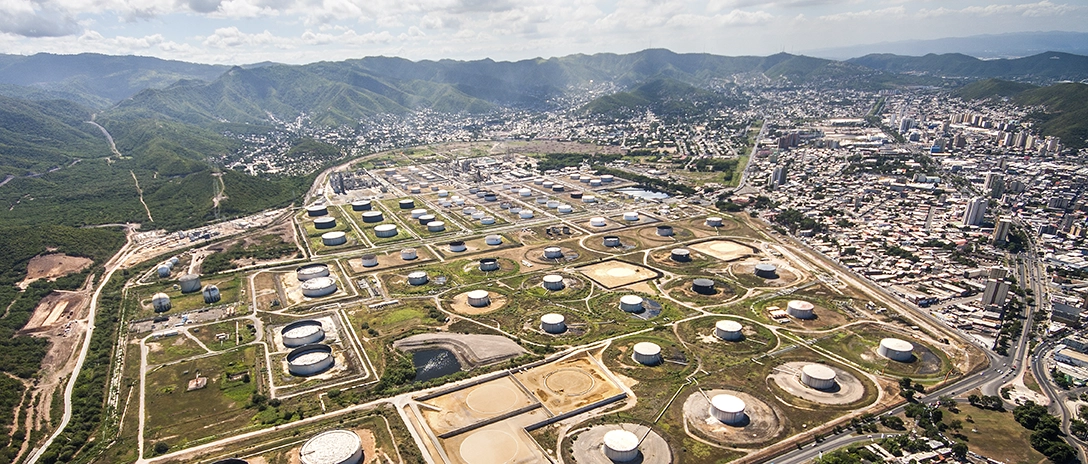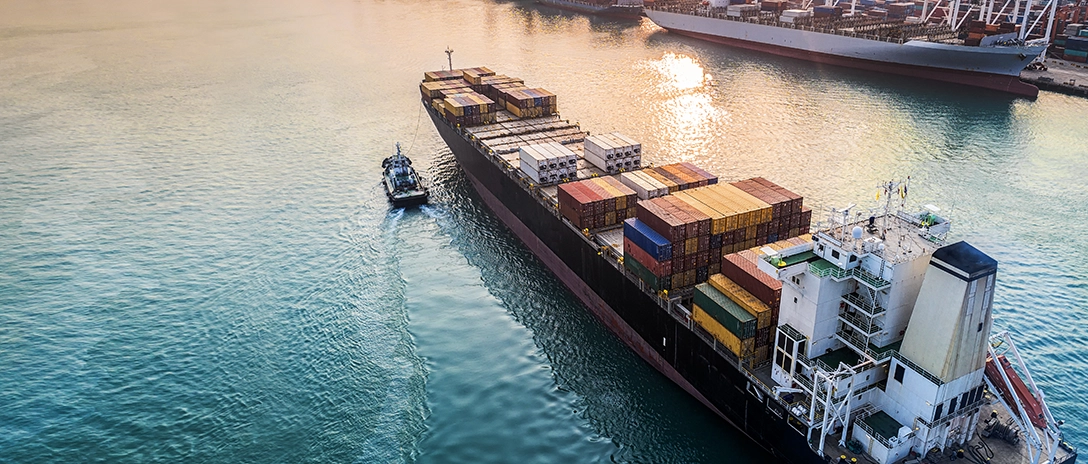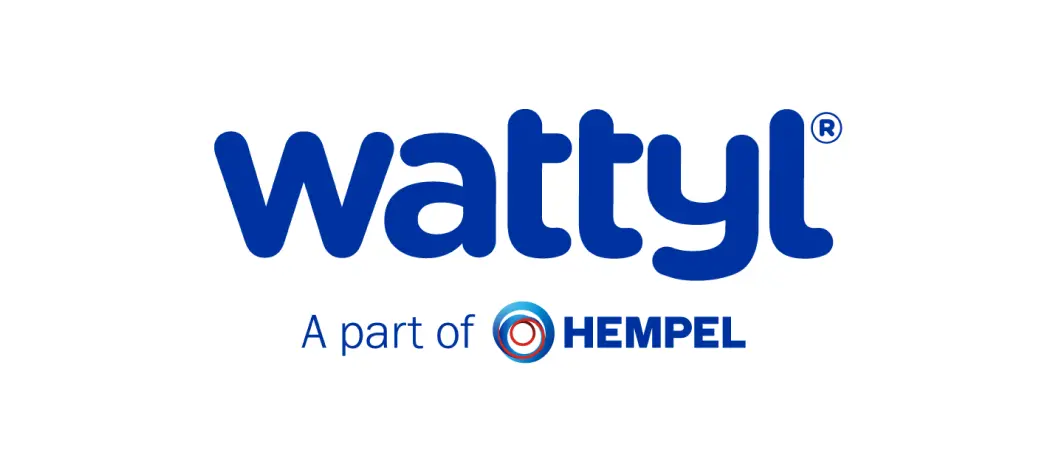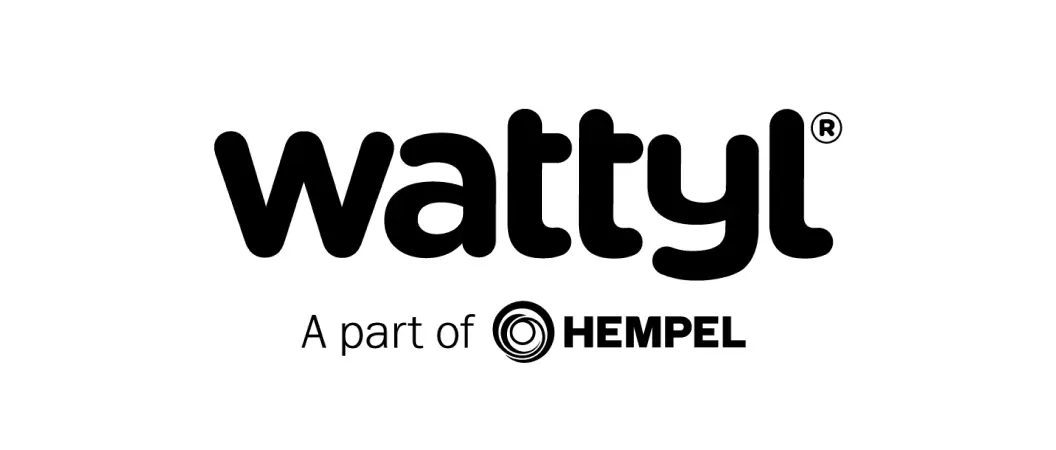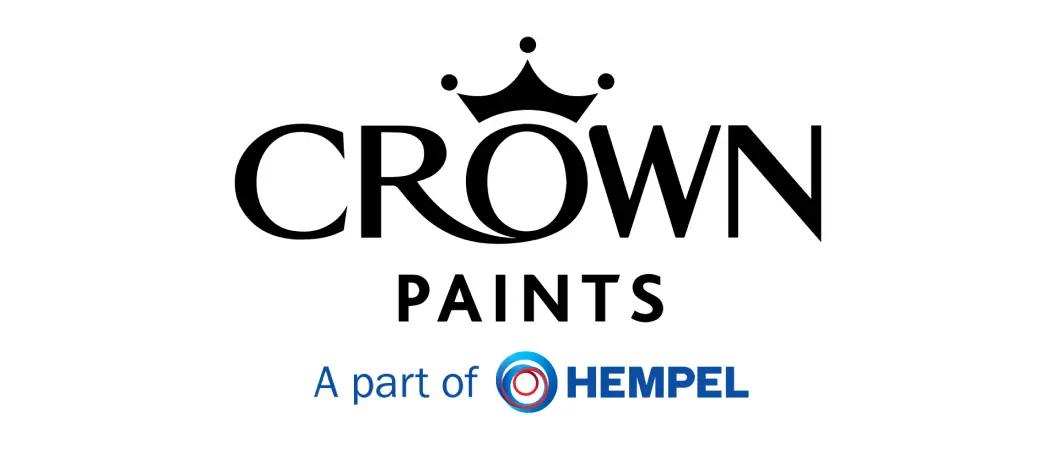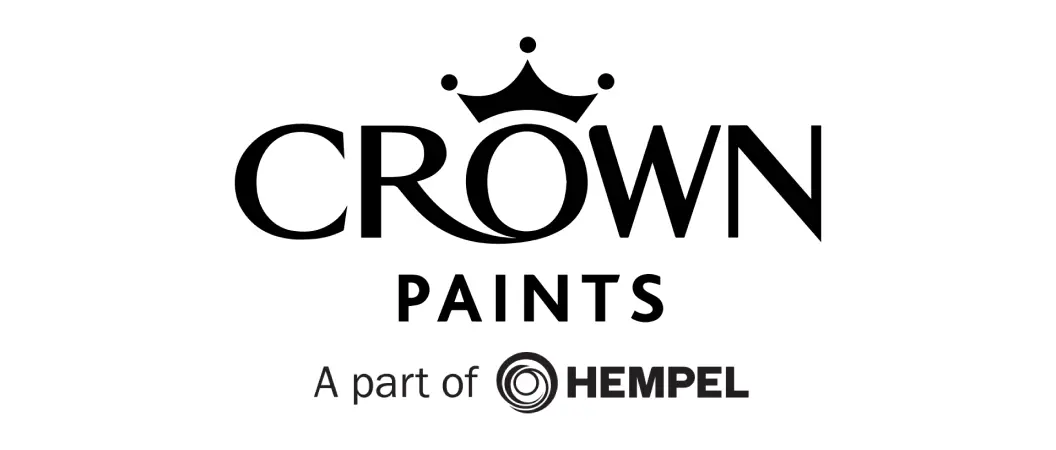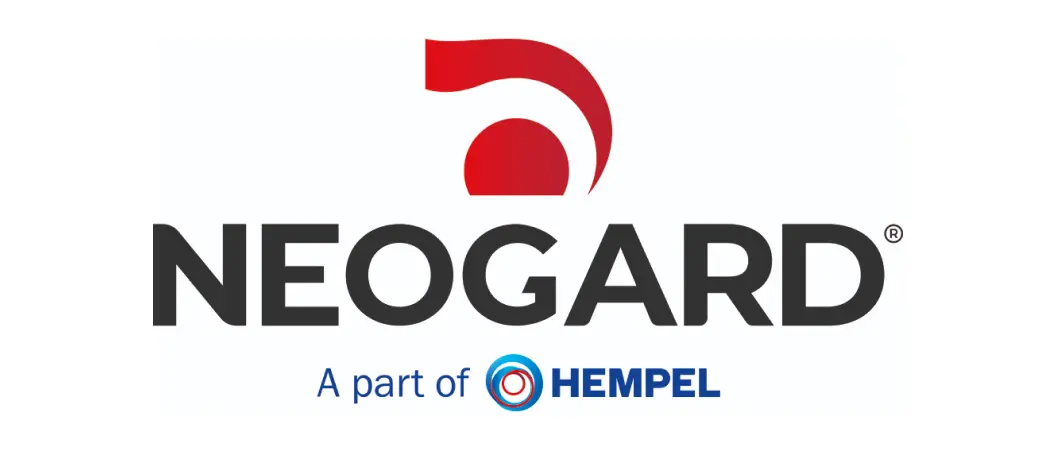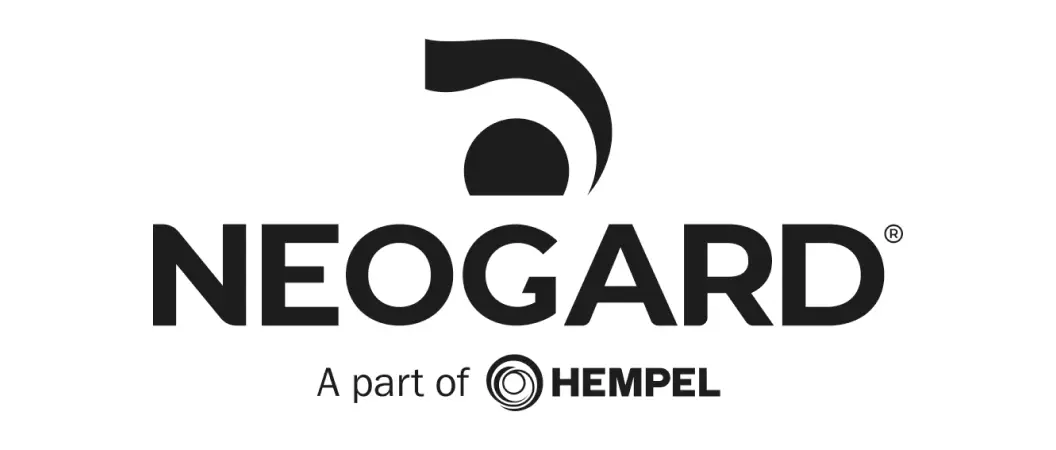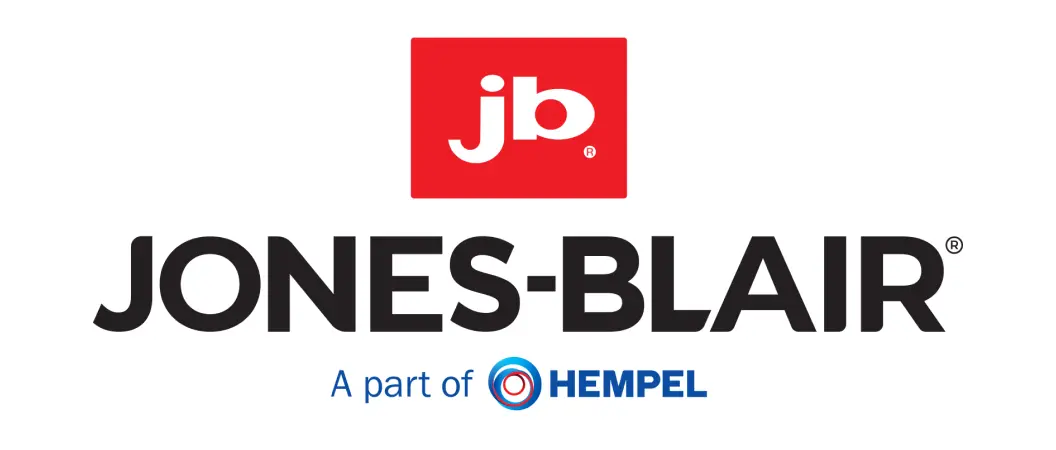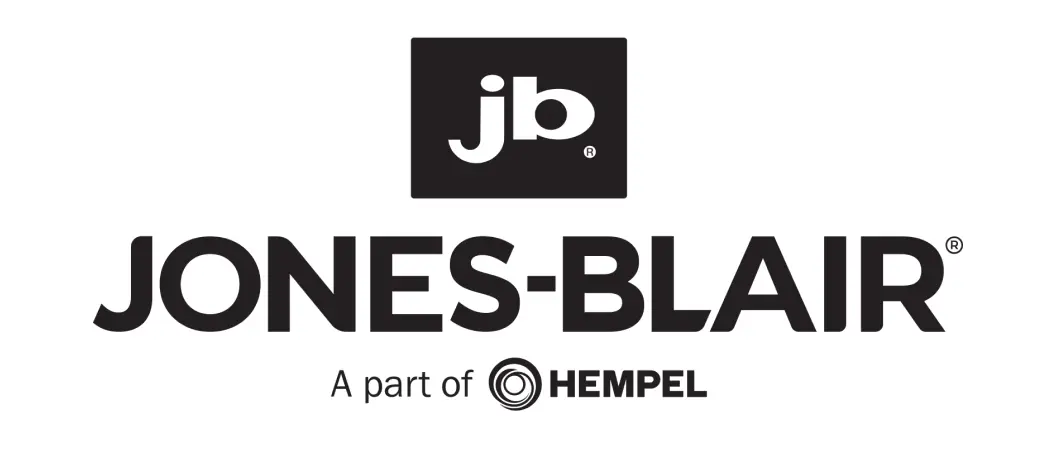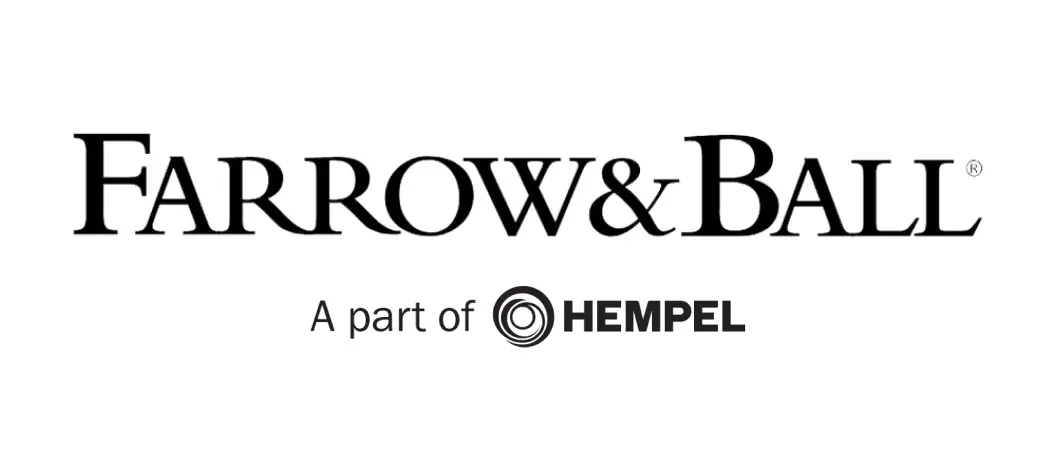Hola MyHempel
Haz que la compra de tu recubrimiento sea más fluida que nunca
Convierta su compra de recubrimientos en algo verdaderamente digital con MyHempel. Todo lo que necesita para seleccionar, pedir y acceder a información clave sobre sus recubrimientos, todo en una sola plataforma.


Sumérgete en las Posibilidades
Desde productos hasta soluciones personalizadas
Descubre nuestros productos
Aprenda más sobre las diversas soluciones de recubrimiento de Hempel. Filtre productos, acceda a hojas de información y eleve sus proyectos con facilidad.
Selector de sistema de pintado
Descubra la eficiencia de hacer coincidir sus criterios únicos con la solución de recubrimiento óptima. Pruebe nuestro selector y encuentre el sistema de pintado adecuado.
Descubra MyHempel
Tu plataforma digital para explorar recubrimientos, realizar pedidos y gestionar documentos en una experiencia simple.
Industrias
Soluciones de pintado para cada área
Lea las últimas noticias
estamos aquí para ayudarle
